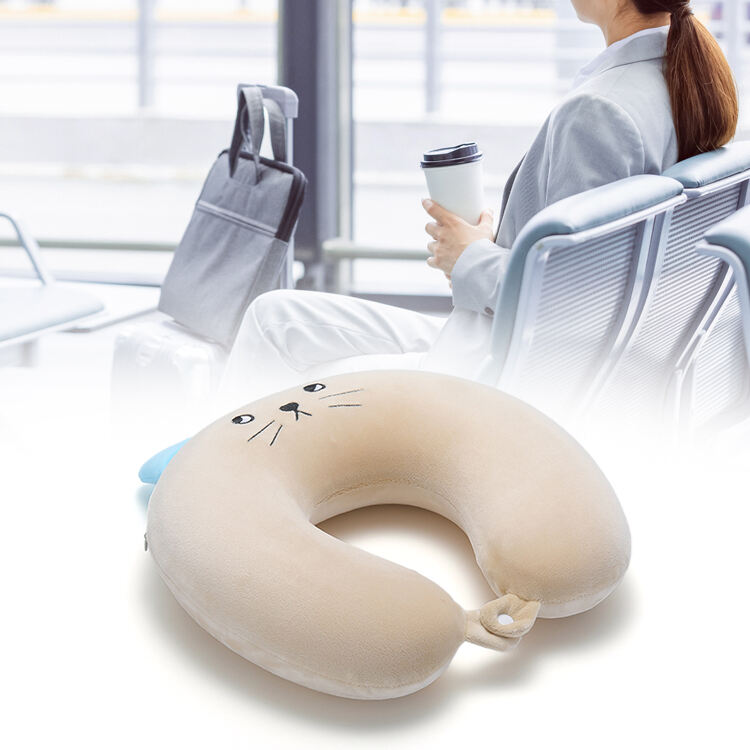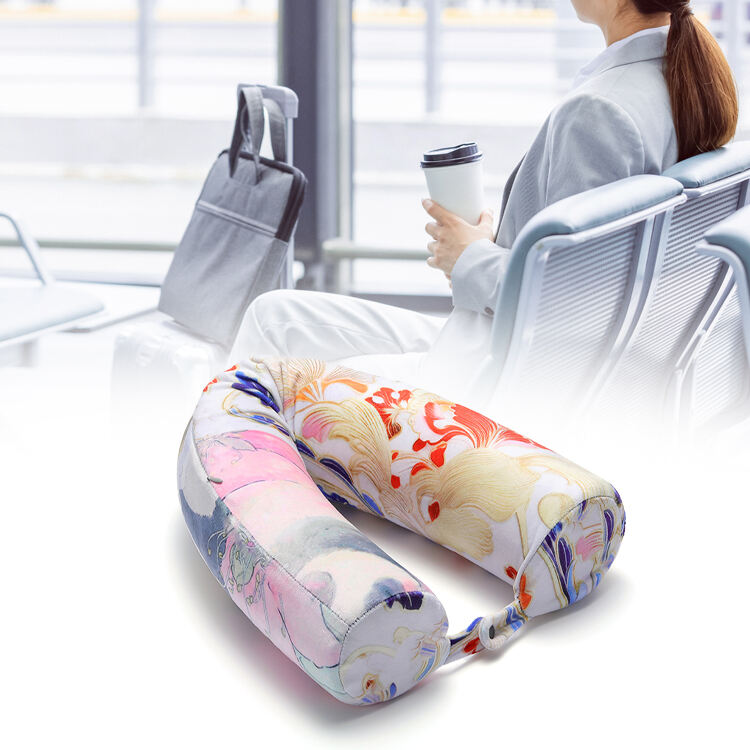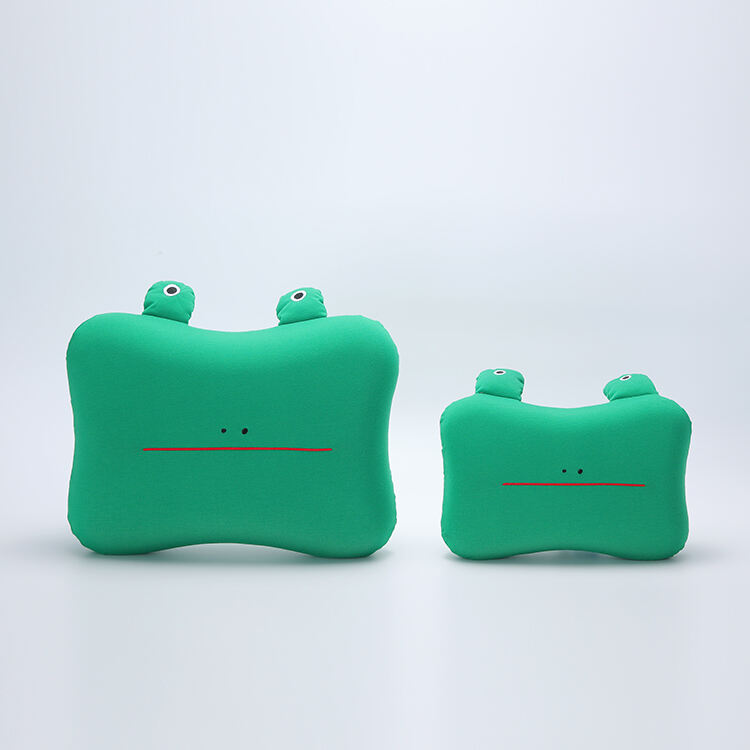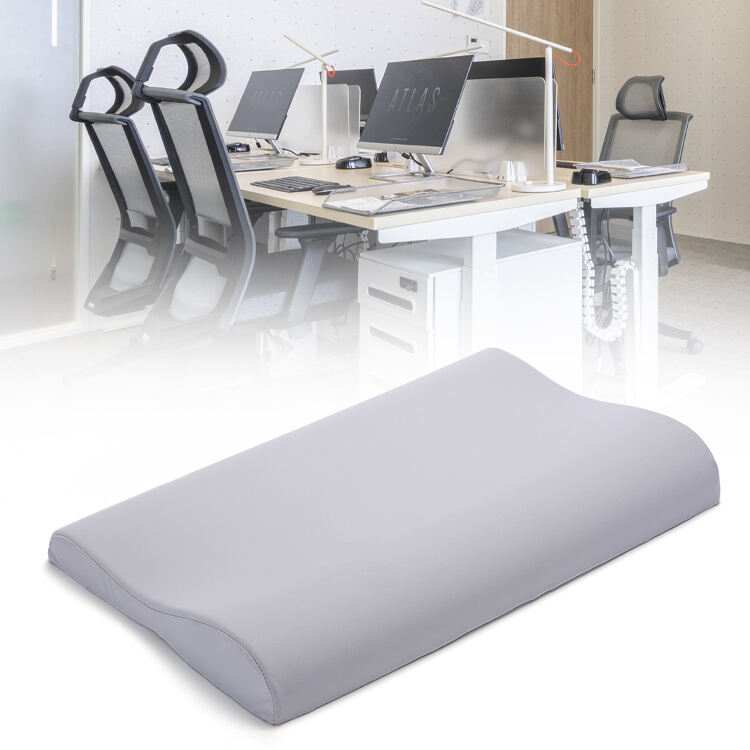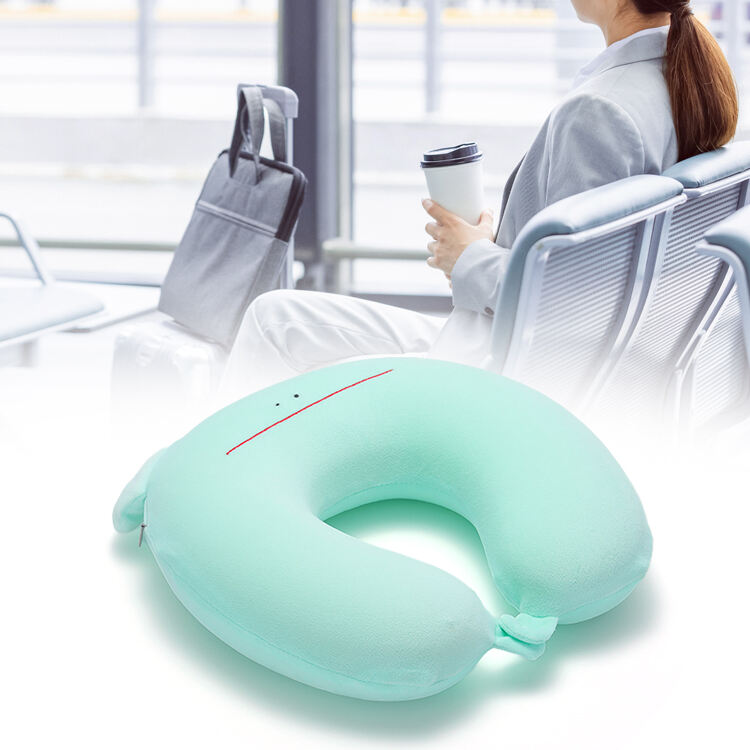Identifying Personal Comfort Requirements
Analyze your common sleeping positions during transit – whether you tend to lean forward, tilt sideways, or rest your head backward. Side sleepers typically require contoured neck wings, while back sleepers benefit from integrated headrest support. Consider your usual transportation method: airplane seats demand different support than car headrests or train chairs.
Critical Evaluation of Support Features
|
Feature
|
Benefit
|
Ideal For
|
|
Adjustable Lumbar Support
|
Prevents lower back strain during extended sitting
|
Long-haul flight passengers
|
|
Moisture-Wicking Fabric
|
Maintains temperature regulation in crowded spaces
|
Tropical climate travel
|
|
Compression Packing
|
Saves 60% luggage space when not in use
|
Minimalist packers
|
Material Selection and Care Protocol
Examine fabric breathability ratings and fill material recovery time. Memory foam variants offer customized contouring but require longer air-drying periods. Microbead options provide fluid-like adaptability but demand careful seam inspections. Always verify machine-wash compatibility and drying restrictions before purchase.
Ergonomic Design Considerations
Evaluate the pillow's weight distribution and surface grip features. Non-skip silicone dots prevent unwanted movement during turbulence. Reflective stitching enhances nighttime visibility in transit hubs. Measure your usual carry-on dimensions to ensure hassle-free storage between uses.
Travel-Specific Adaptation Factors
Associate climate conditions with material performance – down alternatives insulate better in cold environments while gel-infused covers excel in humidity. Business travelers might prioritize professional appearance over bulkier designs, while adventure tourists need impact-resistant casing.


